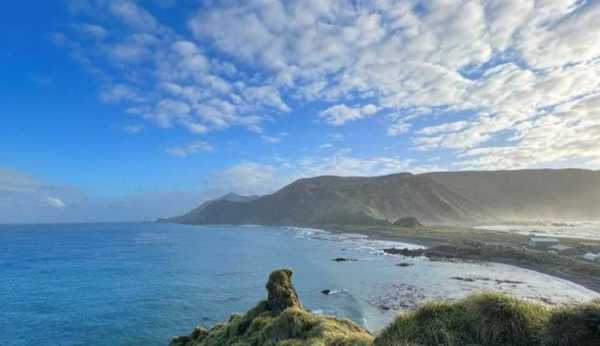
Macquarie Island: According to a National Center for Seismology (NCS) release, an earthquake with a magnitude of 6.7 shook the Macquarie Island Region on Tuesday.

According to the statement, the 10 km shallow depth of the earthquake made it vulnerable to aftershocks.
In a message to X, the NCS said, “EQ of M: 6.7, On: 29/07/2025 03:40:32 IST, Lat: 57.90 S, Long: 157.88 E, Depth: 10 Km, Location: Macquarie Island Region.” Another 6.2-magnitude earthquake struck the area earlier on July 26.
In a message to X, the NCS said, “EQ of M: 6.2, On: 26/07/2025 21:45:04 IST, Lat: 57.78 S, Long: 157.61 E, Depth: 10 Km, Location: Macquarie Island Region.”‘
EQ of M: 6.7, On: 29/07/2025 03:40:32 IST, Lat: 57.90 S, Long: 157.88 E, Depth: 10 Km, Location: Macquarie Island Region.
For more information Download the BhooKamp App https://t.co/5gCOtjcVGs @DrJitendraSingh @OfficeOfDrJS @Ravi_MoES @Dr_Mishra1966 @ndmaindia pic.twitter.com/TpTyrf6wGx— National Center for Seismology (@NCS_Earthquake) July 28, 2025
In general, shallow earthquakes pose a greater threat than deep ones. This is due to the fact that seismic waves from shallow earthquakes may reach the surface more quickly, which causes more ground shaking, perhaps more structural damage, and more fatalities.
Two seismic gaps, one centered on Macquarie Island, have been revealed by significant shallow earthquakes that have occurred on the Macquarie Ridge in the last century. The oblique convergence of the oceanic crust of the Pacific and Australian Plates resulted in crustal shortening, which produced the Macquarie Ridge.
Either thrust or strike-slip earthquake processes are calculated. Because they are based on a completely random distribution of earthquakes, earthquake hazard estimates for the island, such as the values of the 475-year hazard coefficient in the 2008 Australian Loading Code, do not account for this gap. A significant gap-filling earthquake may have detrimental effects on Macquarie Island’s ecosystem and inhabitants.
In addition to extensive landslides, a big (M>=7) nearby earthquake would impair the island’s electricity and water supplies and may inflict structural damage.
Depending only on the earthquake’s mechanism, the likelihood of a local tsunami generating increases the chance of damage by maybe 50:50. For the following several decades, the risk is elevated, but at the conclusion of this time of increased activity, it returns to the calculated long-term value. Managing time-varying hazards is a new yet important issue.